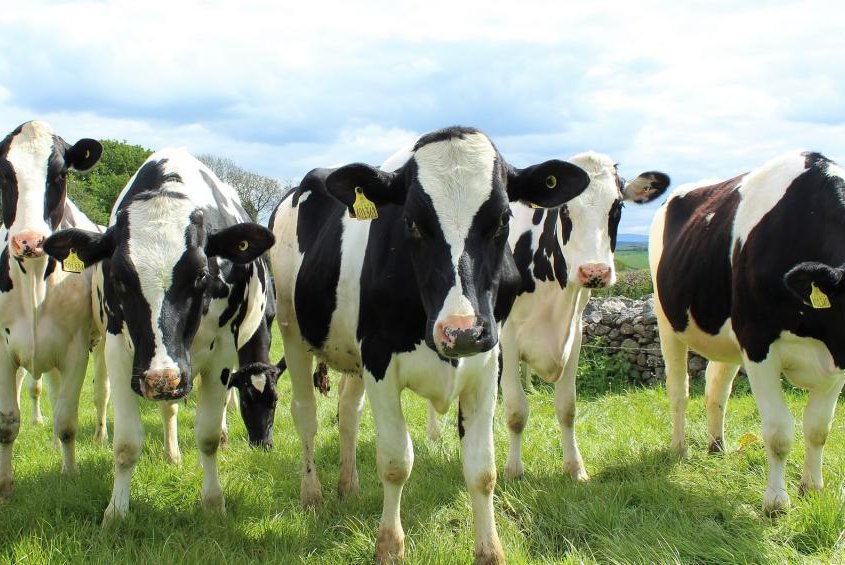In early March, Dr. Barb Petersen started getting calls from dairy owners in Texas about birds, like crows and pigeons, dying on their farms. Then, there was news about barn cats suddenly dying, with one farm losing half of them. Things escalated when sick cows started showing strange symptoms: high fevers, no appetite, and a drop in milk production. Tests for common illnesses turned up nothing.
Dr. Petersen, who looks after over 40,000 cattle on several farms in the Texas Panhandle, collected samples from sick cats and cows and sent them to a friend, Dr. Drew Magstadt, at Iowa State University’s veterinary lab. Shockingly, the samples tested positive for a bird flu virus, Type A H5N1, never seen before in cows. This discovery marked the first time this bird flu strain was found in cattle. As of now, 36 herds in the U.S. have confirmed infections, according to the U.S. Agriculture Department.
But it wasn’t just animals falling ill. Almost every farm with sick animals also had sick people. Dr. Petersen noticed this trend and started checking on humans too. Some of these folks, who rarely missed work, were suddenly out sick.
In the U.S., two people have been confirmed to be infected with H5N1, including a Texas dairy worker linked to the cattle outbreak. The CDC has tested about two dozen people and monitored around 100 since the virus was detected in cows.
While the CDC hasn’t noticed any unusual flu patterns in areas with infected cows, some experts are concerned about reports of sick workers. Dr. Gregory Gray from the University of Texas Medical Branch has been studying samples from livestock and people on Texas farms. He found mild illnesses among workers on farms with confirmed cattle infections. However, getting workers to agree to tests has been tough, possibly due to limited healthcare access or privacy concerns.
Without confirmed tests, it’s uncertain whether these sick workers caught the bird flu virus or something else entirely. Some of those who fell ill were given Tamiflu, an antiviral medication.
Farmers have been wary of allowing health officials onto their properties due to the stigma associated with the disease. Dr. Kay Russo, a Colorado vet, thinks more testing of cattle, people, and milk is necessary to fully understand the situation.
Dr. Gray is worried that a federal order requiring testing of all lactating dairy cows moving between states might make farmers even less cooperative. This lack of cooperation, he says, is making it hard to understand how the virus spreads and the scale of the outbreak.
Dr. Petersen empathizes with the fears of workers and farmers but appreciates those who have allowed testing. She’s deeply concerned about the implications of the outbreak for the animals, the people caring for them, and the families running these farms.















































